In 1865, Karl Marx postulated that the value of any commodity is determined by the amount of labor that was required to produce that commodity. Few, if any, economic theories have proven to be more completely wrong. As Ronald Baker points out in his book Professional’s Guide to Value Pricing, if “the labor theory of value was correct, a diamond found in a mine would be of no greater value than a rock found right next to it, since each took an equal amount of ‘billable hours’ to locate.”
Marx himself recognized one of the great flaws in his theory when he wrote that “the lazier a man, or the clumsier a man, the more valuable his commodity because of the greater the time of labour required for finishing the commodity.” Marx tried — unsuccessfully — to circumvent his own theory because of this flaw.
As a consumer of legal (or any other professional) services you are almost certainly paying for those services on the basis of an agreed hourly rate times the number of hours required to provide that service. The basis for this standard is that it is easily measured and presumably the purchaser can compare one service provider’s cost to another by comparing the hourly rate. For the same reasons that Marx’s labor theory of value fails in commodity valuation, the hourly billing system for the valuation of legal services fails. You are not paying for value — or a price based upon value. You are paying for the professional’s time. The problem is exarcerbated by the fact that the professional’s hourly rate may or may not have any correlation to the value provided.
Undoubtedly, the more professional time required to perform a service the higher the cost to the professional or her firm. This cost is relevant to our discussion but it is not a measure of value. The major relevance of cost based upon billable hours is that virtually all legal services are provided on that basis so it provides a comparison. For instance, I may prefer an iPhone to an Android phone because of some perceived value. However, if I can purchase almost the same value for significantly less cost I may decide the value enhancement is not worth the additional cost and buy an Android.
Very few law firms offer value-based fees. In fact, we know of no North Carolina firms offering litigation services on this basis other than our firm. Firms that offer flat fees often simply estimate what their fees would be on an hourly basis and build in a premium for guaranteeing the cost. Although the arrangement may provide a flat or fixed fee, it is not value-based and provides none of the other advantages we offer in value pricing. The terms fixed or flat fee and value-based pricing are not synonymous.
Determining value of litigation services is not subject to simple calculation or even complex algorithms. The value of the claim is certainly important but the value of defending a $1MM claim brought against a small business is likely to have a different value than the same claim brought against a Fortune 100 company. Similarly, the value of defending a $1MM claim has a different value than prosecuting a $1MM claim for the same company. So how do we determine the value of an engagement? The short answer is that like any other commercial transaction, the seller does not determine the value, the buyer does. My next post in this series will discuss the process we use to help clients determine value but the process will not be unfamiliar: what is the benefit purchased, what do alternatives cost to achieve this benefit, etc.



